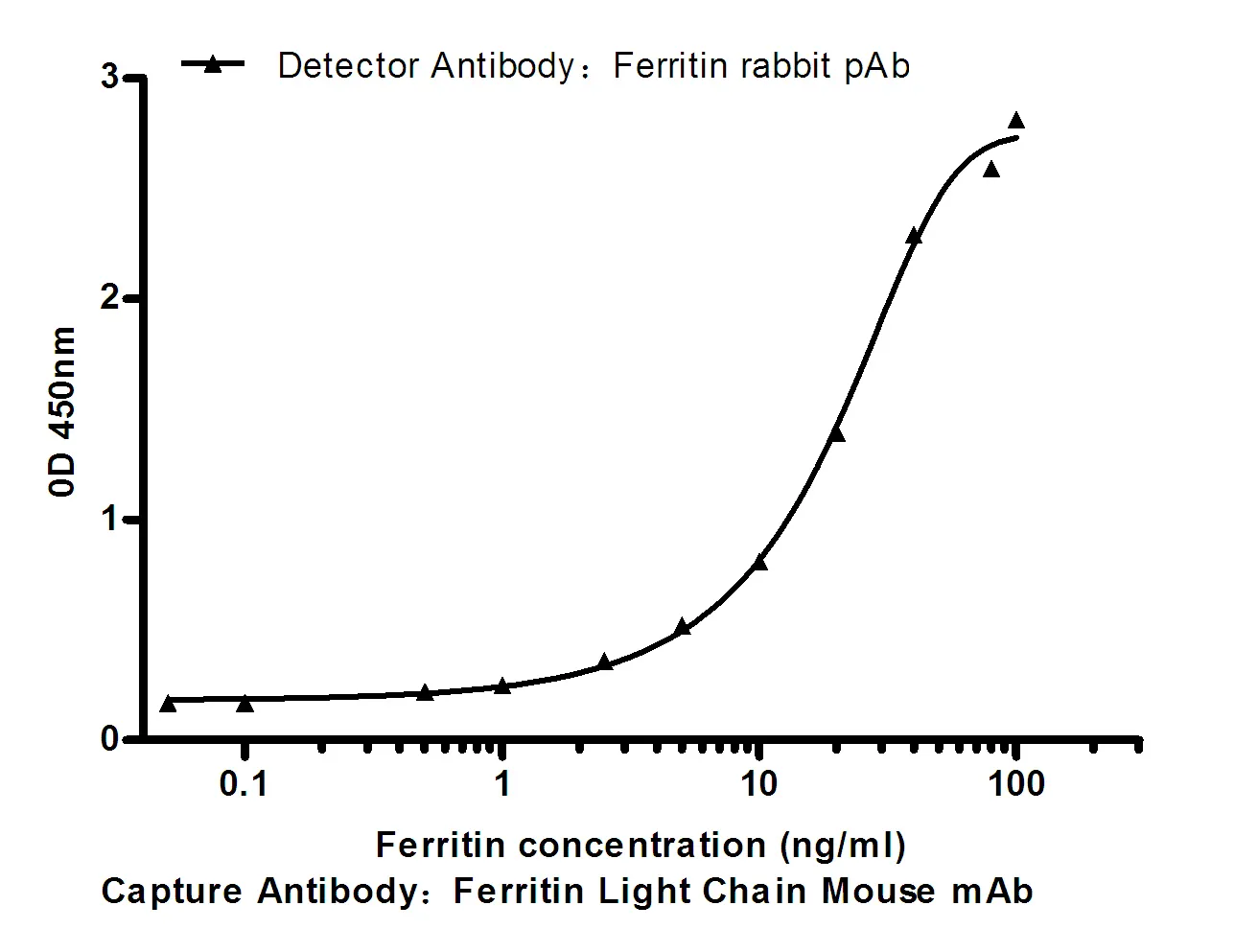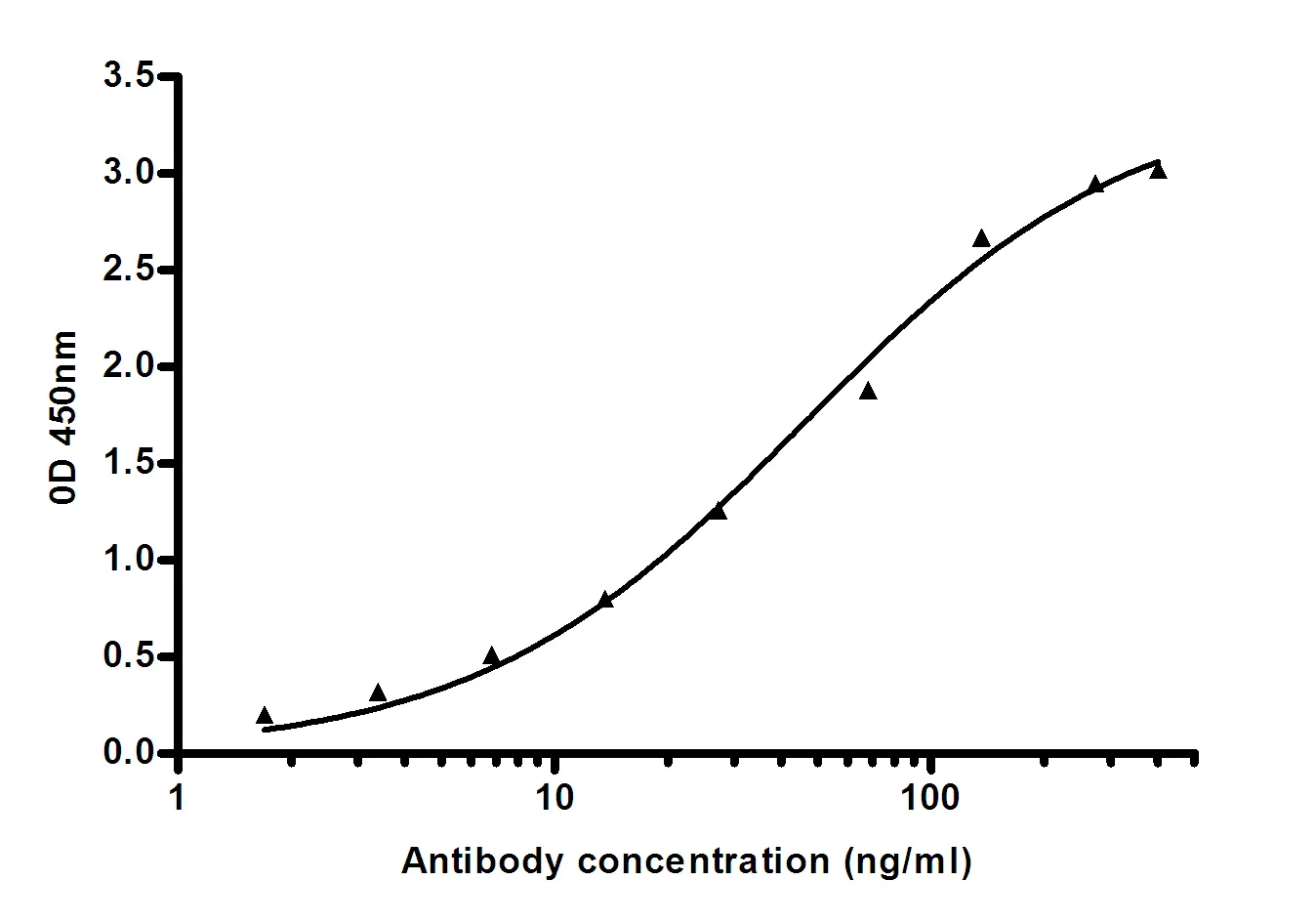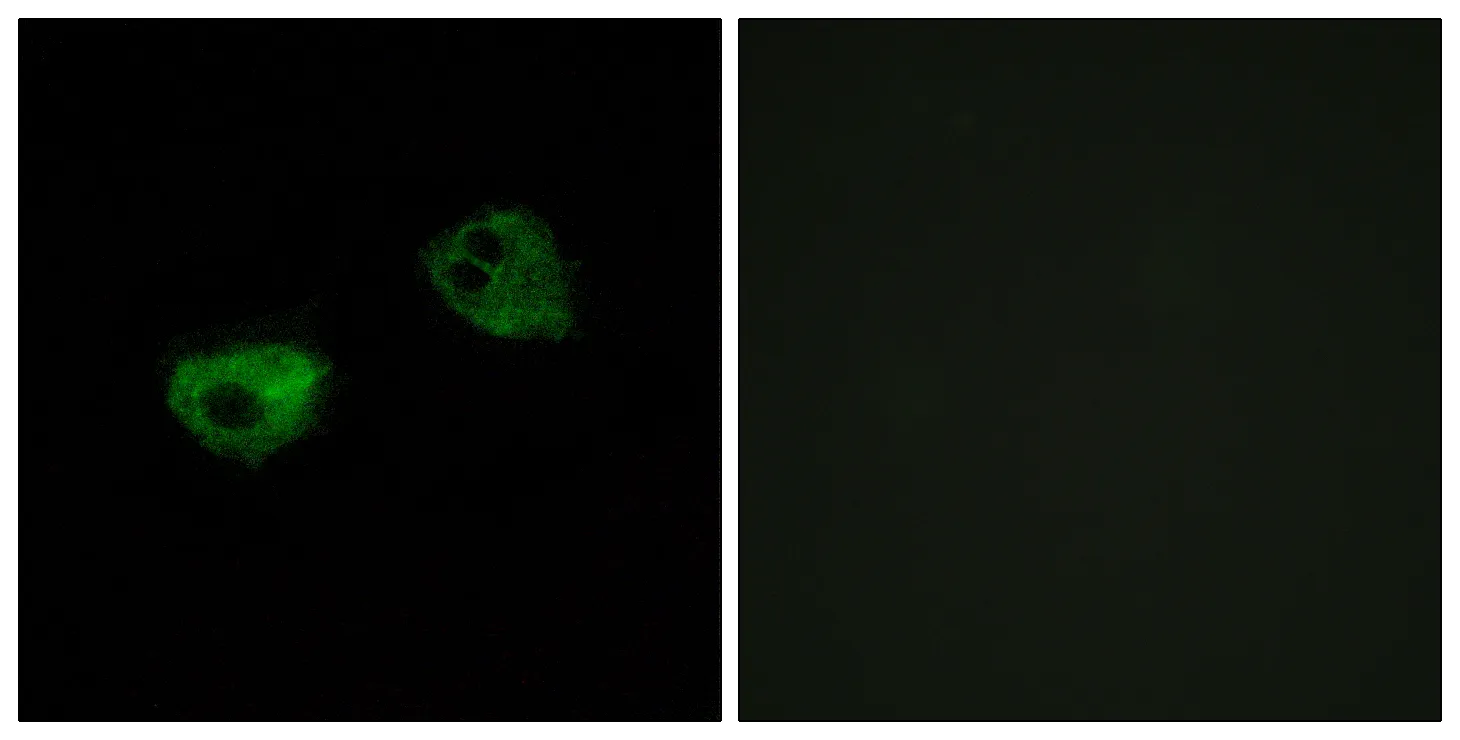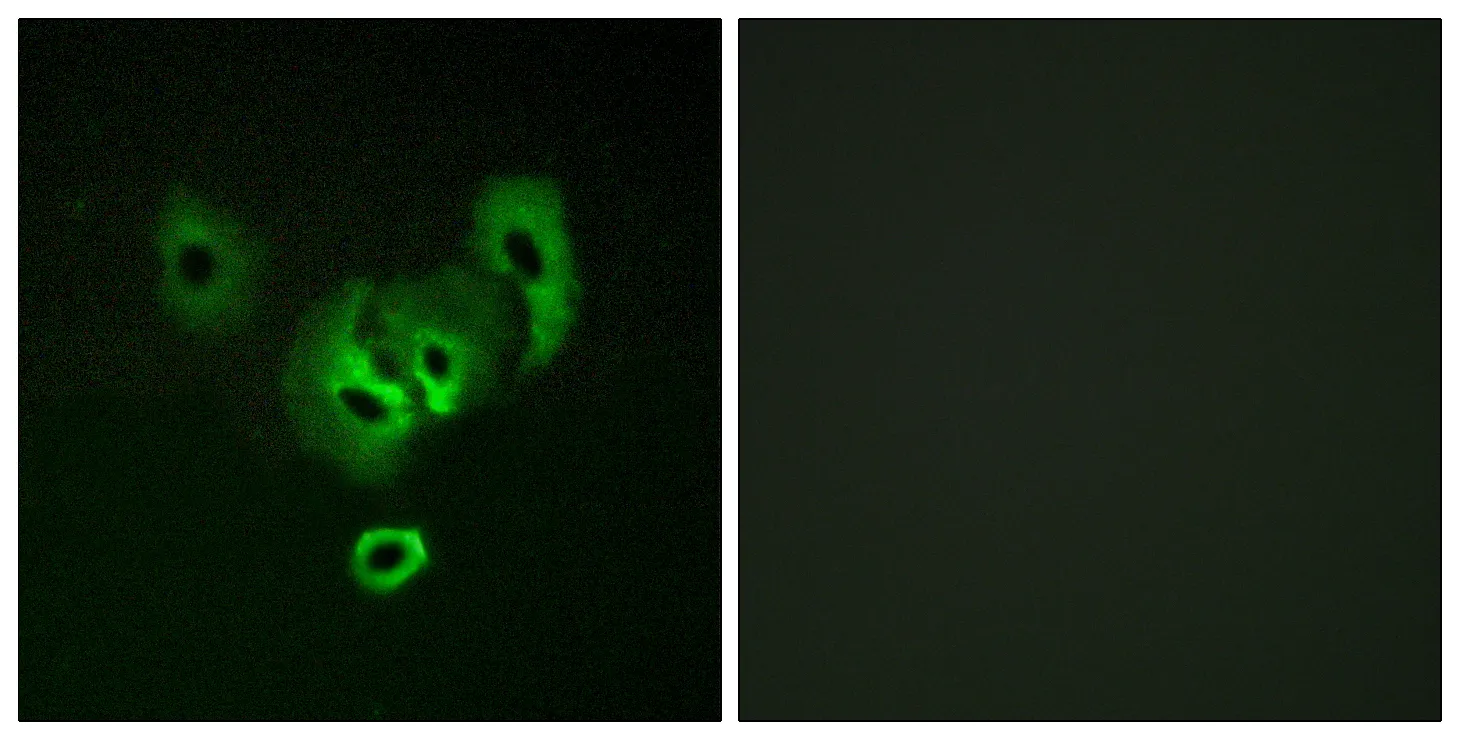Summary
Performance
Immunogen
Application
Background
The product of this gene is a member of the nuclear factors of activated T cells DNA-binding transcription complex. This complex consists of at least two components: a preexisting cytosolic component that translocates to the nucleus upon T cell receptor (TCR) stimulation and an inducible nuclear component. Other members of this family participate to form this complex also. The product of this gene plays a role in the regulation of gene expression in T cells and immature thymocytes. Several transcript variants encoding distinct isoforms have been identified for this gene. [provided by RefSeq, Nov 2010],domain:Rel Similarity Domain (RSD) allows DNA-binding and cooperative interactions with AP1 factors.,function:Plays a role in the inducible expression of cytokine genes in T-cells, especially in the induction of the IL-2.,PTM:Phosphorylated by NFATC-kinase; dephosphorylated by calcineurin.,similarity:Contains 1 RHD (Rel-like) domain.,subcellular location:Cytoplasmic for the phosphorylated form and nuclear after activation that is controlled by calcineurin-mediated dephosphorylation. Rapid nuclear exit of NFATC is thought to be one mechanism by which cells distinguish between sustained and transient calcium signals. The subcellular localization of NFATC plays a key role in the regulation of gene transcription.,subunit:Member of the multicomponent NFATC transcription complex that consists of at least two components, a pre-existing cytoplasmic component NFATC2 and an inducible nuclear component NFATC1. Other members such as NFATC4, NFATC3 or members of the activating protein-1 family, MAF, GATA4 and Cbp/p300 can also bind the complex. NFATC proteins bind to DNA as monomers.,tissue specificity:Isoform 1 is predominantly expressed in thymus and is also found in peripheral blood leukocytes and kidney. Isoform 2 is predominantly expressed in skeletal muscle and is also found in thymus, kidney, testis, spleen, prostate, ovary, small intestine, heart, placenta and pancreas. Isoform 3 is expressed in thymus and kidney. Isoform 4 is expressed in thymus and skeletal muscle.,
Research Area
WNT;WNT-T CELLAxon guidance;VEGF;Natural killer cell mediated cytotoxicity;T_Cell_Receptor;B_Cell_Antigen;




